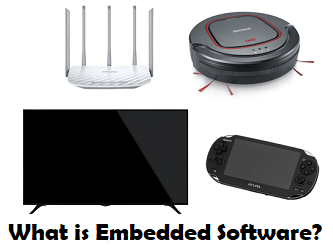This website uses cookies so that we can provide you with the best user experience possible. Cookie information is stored in your browser and performs functions such as recognising you when you return to our website and helping our team to understand which sections of the website you find most interesting and useful.
MCU’s Robust Programming Interface Thwarts Hacking Attempts
Microchip Enhances Security of PIC18 Microcontrollers
Microchip has recently announced an upgrade to the security features of its family of PIC18 microcontrollers. The company has added a one-time disable feature to the programming and debugging interface, known as PDID (programming and debugging interface disable). This enhanced code protection feature is designed to prevent unauthorized access to the programming-debugging interface, blocking attempts to read, modify, or erase firmware.
The PDID feature is implemented on the PIC18-Q24 family of MCUs and works with the ICSP (in-circuit serial programming) interface. Once the PDID configuration bit is enabled, the device is permanently locked down from ICSP access, making further bulk-erase operations impossible. However, the memory regions can still be accessed using the internal NVM (non-volatile memory) interface. This feature is intended to make the device one-time programmable through the ICSP interface for security applications.
The PDID bit can be programmed either through ICSP or a self-write. After this, it is not possible for a device executing in 'debug mode' to erase or write flash memory, nor can a debug tool switch the device to 'production mode'.
To allow failure analysis in devices with PDID in operation, limited ICSP function can be restored by boot-loader code stored in the device. This code programs a specific unlock sequence, enabling ICSP read commands to be performed. However, writing to program flash, performing bulk erase, performing page erase, and reprogramming the device via ICSP will remain blocked.
The PIC18-Q24 family also offers the option to have an immutable bootloader for applications that require a secure way to upgrade firmware. This provides an additional layer of security for sensitive applications.
Microchip offers development tools for the PIC18-Q24 family, including the Microchip PIC18F56Q24 curiosity nano eval kit. For more information on the PDID feature, refer to chapter 8.2.5 of the PIC18-Q24 data sheet.












